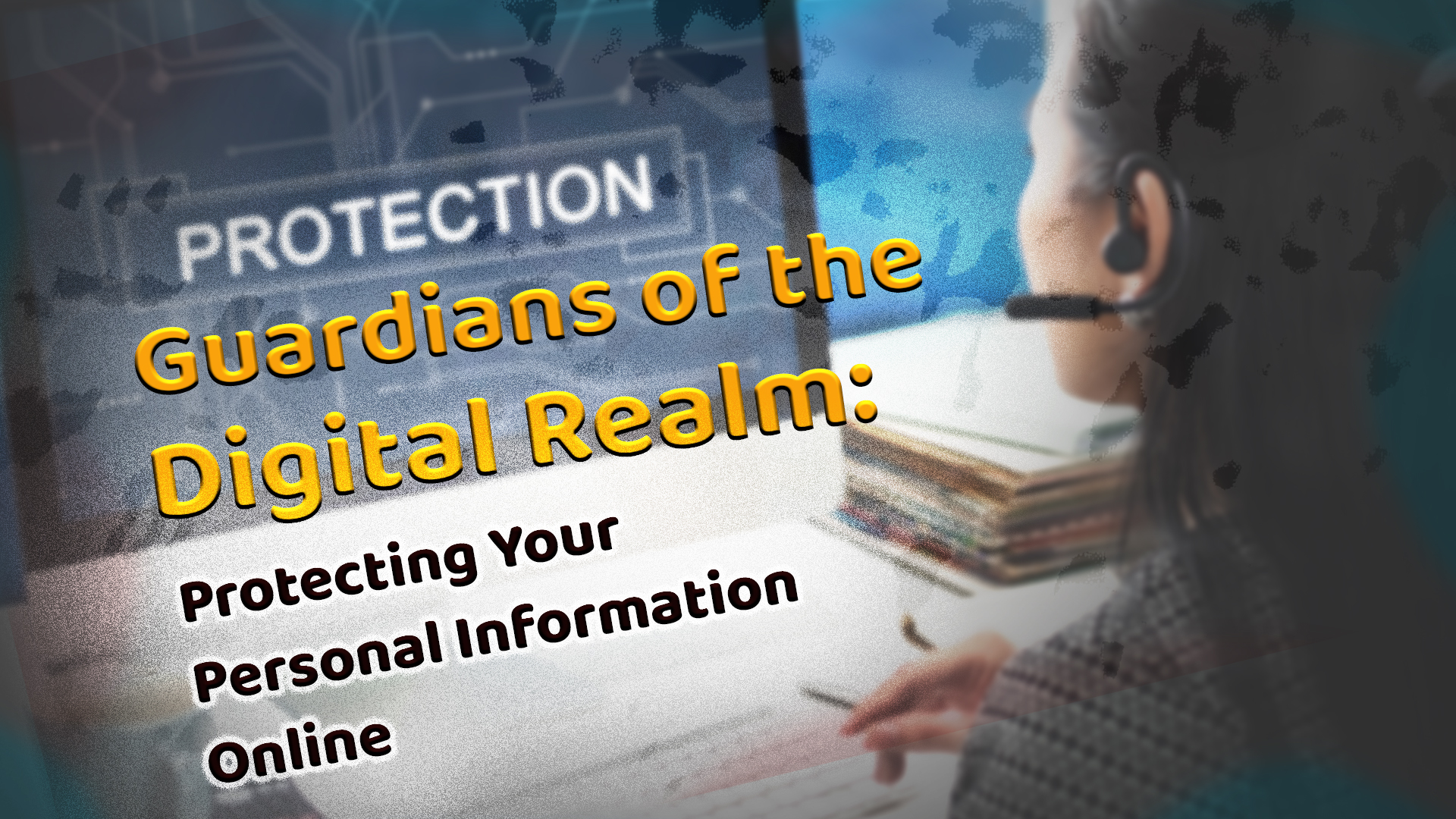In the age of online shopping, where you can have a 24-karat gold-plated toaster delivered to your doorstep within hours (if that’s your thing), it’s easy to get lost in the world of virtual retail therapy. But here’s the thing: just as you’d lock your front door when you leave home to keep your earthly possessions safe, you need to lock down your digital door when you venture into the vast world of e-commerce. Welcome to the ultimate guide on “Unlocking Retail Bliss: Best Practices for Online Shopping Safety.
Secure Those Passwords Like Your Grandma’s Secret Cookie Recipe
Imagine if your grandma left her world-famous chocolate chip cookie recipe lying around for anyone to see—it just wouldn’t be the same, would it? Well, your online shopping passwords are like those secret cookie recipes. Create strong, unique passwords for each online store you frequent. Mix up upper and lower case letters, toss in some numbers, and sprinkle with special characters for good measure. And remember, don’t share your password with anyone. It’s your secret shopping sauce!
Be Wary of Phishing Emails
Just like you’d be skeptical of a too-good-to-be-true diet promising you’ll lose 10 pounds overnight, be cautious when receiving emails from unknown sources. Scammers often send phishing emails, pretending to be your favorite online stores. Check the sender’s email address and avoid clicking on suspicious links. Authentic stores won’t ask you to confirm your password through an email link.
Always Shop from Secure Websites
Look for the “https://” in the website’s address bar and a little padlock symbol. It’s like a digital bouncer, ensuring your information doesn’t get passed around like a party favor. Also, consider using a payment method like PayPal, which adds an extra layer of security by not sharing your card details with the seller.
Keep Your Devices Shipshape
Just as you’d make sure your ship is seaworthy before embarking on a grand adventure, keep your devices updated and armed with the latest antivirus software. These digital sailors protect you from treacherous waters—in this case, the bad guys of the online world.
Review Your Statements Like Sherlock Holmes
Once a month, channel your inner Sherlock Holmes and meticulously inspect your credit card and bank statements for any suspicious activity. If you spot anything that looks fishy, contact your financial institution immediately. It’s better to be safe than sorry.
Don’t Overshare
Your online shopping experience doesn’t need to be a tell-all confessional. Be cautious about the information you provide. Your credit card information, home address, and phone number should be enough. You don’t need to reveal your childhood pet’s name or your mother’s maiden name.
Read Reviews with a Grain of Salt
Just like that one-star restaurant review by someone who was mad because they didn’t get extra ketchup, take online reviews with a grain of salt. Some may be fake, and others might be overly exaggerated. Look for common themes in the reviews and use your best judgment.
In conclusion, online shopping can be a fantastic experience, and with these best practices, you’ll be well on your way to becoming a savvy and safe virtual shopper. Keep your online world as secure as your physical one, and you’ll be able to indulge in retail therapy without a worry in the world. Happy shopping!





